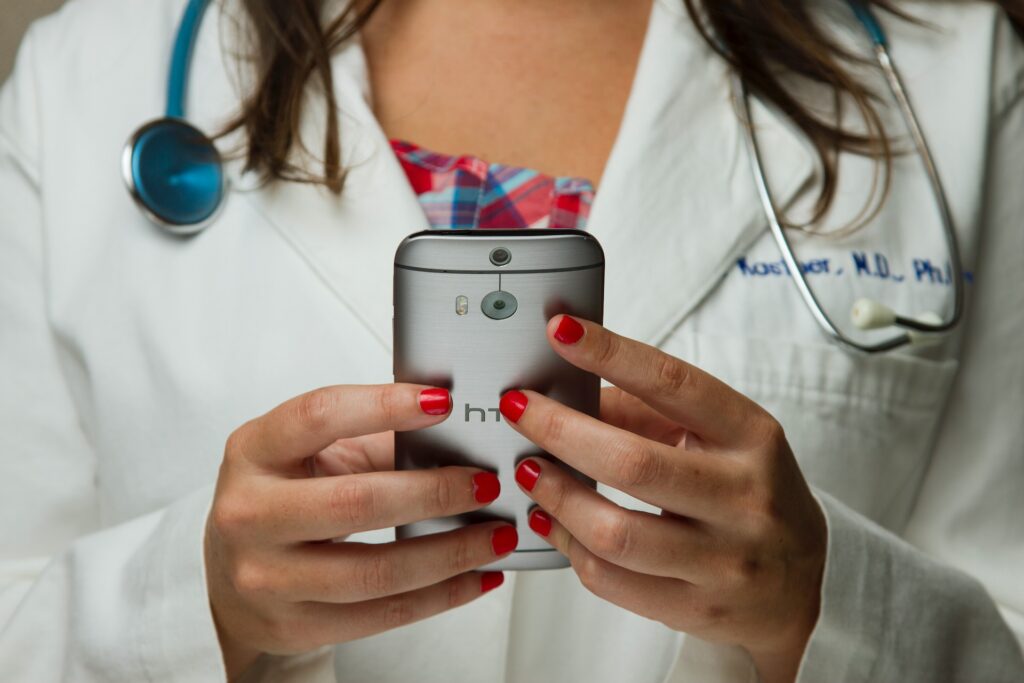The twenty-first century is dominated by the revolution in technology. Digital tools have a big impact on education, that much is obvious. Consider a student who doesn’t use the Internet, computers, or other electronic gadgets. It’s hard, if not impossible. Students can send and receive emails from their lecturers and have access to network libraries’ resources. They are educated online. Young people now find it easier to exhibit a high degree of academic performance. It is a result of simple access to knowledge stored on millions of gigabytes. Thus, technology in nursing education has changed every student’s life. No one questions the use of nursing education technology in digital education today.
Ask yourself how has technology changed healthcare?
Many people believe that technology is the only path forward. Digital technology in healthcare can improve ineffective healthcare systems. They offer less expensive, quicker, and more effective treatments for diseases (such as AIDS or Ebola). And they level the playing field between medical staff and patients. Technology allows us to live healthier lives and contribute to healthy communities.
To master innovative approaches in health care students should be familiar with them. That is why technologies are used in nursing schools. They are virtual simulations, online courses, and telehealth training. They help young people to become highly motivated and experienced nurses in the future. The technological approach enables their academic success and great learning achievements.
Yet, studying at college is not an easy path. Nursing students have to read hundreds of books and perform various writing assignments. As a result, they do not sometimes have enough time. They lose motivation and can be devastated. Asking for help is a perfect option. Many trustworthy websites, Edubirdie for instance, provide nursing students with essays, terms, or research papers. Experienced writers always know how to write a flawless paper. They are ready to write an assignment. They give young people time to learn major subjects related to medicine and healthcare.
What are the pros of using technology in nursing education?
Accessibility
It begins with the realization that every online user, including those with a disability, deserves to have an excellent online digital experience. In a nutshell, everyone should have equal access to all web-based services! Accessible technology can either be used directly. It means it doesn’t need any other equipment. Or it can be used in conjunction with and be compatible with “assistive” technology (AT). For instance, a smartphone with a screen reader built-in is accessible.
Hands-on learning
Instead of listening to a lecture, a student engages in hands-on (or kinesthetic) learning. They take part in or carry out physical tasks. They are related to the subject matter. By interacting with the content to solve a problem or build something, students learn by doing. Participatory learning is a feature of hands-on learning. Practical learning can be incorporated into almost any medical subject by teachers.
Real-world skill development
Thanks to technology, nursing students get a better understanding of how to treat patients. For example, patients who lose their motor abilities might hasten the development of new motor skills. Virtual learning skills can help. The usage of VR has proven to be quite effective. It teaches patients how to regulate their emotions, to be more at ease, and to develop compassion. It allows students to take part in a role-play. They encounter difficulties and the therapists assess how effectively they can handle them.
What are the challenges and considerations that come with this digital transformation?
Maintaining a balance between technology and human interaction
Studies show that the connections made possible by technology through social networks are making more people in society feel alone. The younger generation uses technology more. They could interact with their peers less frequently. Their emotional and social growth might be hampered. “Technology time” needs to be controlled to lower this risk. So that students can interact with their friends and family.
Addressing privacy and security concerns in healthcare education
Only those with a valid purpose to do so will be able to access data to keep it secure. Before being permitted to access data, individuals must complete the necessary training. They must show that they have the necessary technical abilities. Whether, they work for the health service, research, academia, or any organization that might access data. This can entail earning a research credential or finishing a course on data security awareness.
Ensuring fair access to digital resources
Despite how pervasive it may seem, not all students have access to technological gadgets at home. The use of digital tools is measured by their level of digital access.
All students should have equal access to technology and information. It is crucial for educational possibilities. It is also essential for helping students when they get the knowledge and skills necessary to become technologically savvy citizens.
Because of technology, changes in how we study, live, and interact are happening quickly. Technology transforms nursing education into a tool for improving medicine and healthcare. Educational technology in nursing education is destroying barriers. They give students throughout the world access to top-notch instruction. The most recent innovations in the educational field will undoubtedly be advantageous to both nursing students and lecturers.




